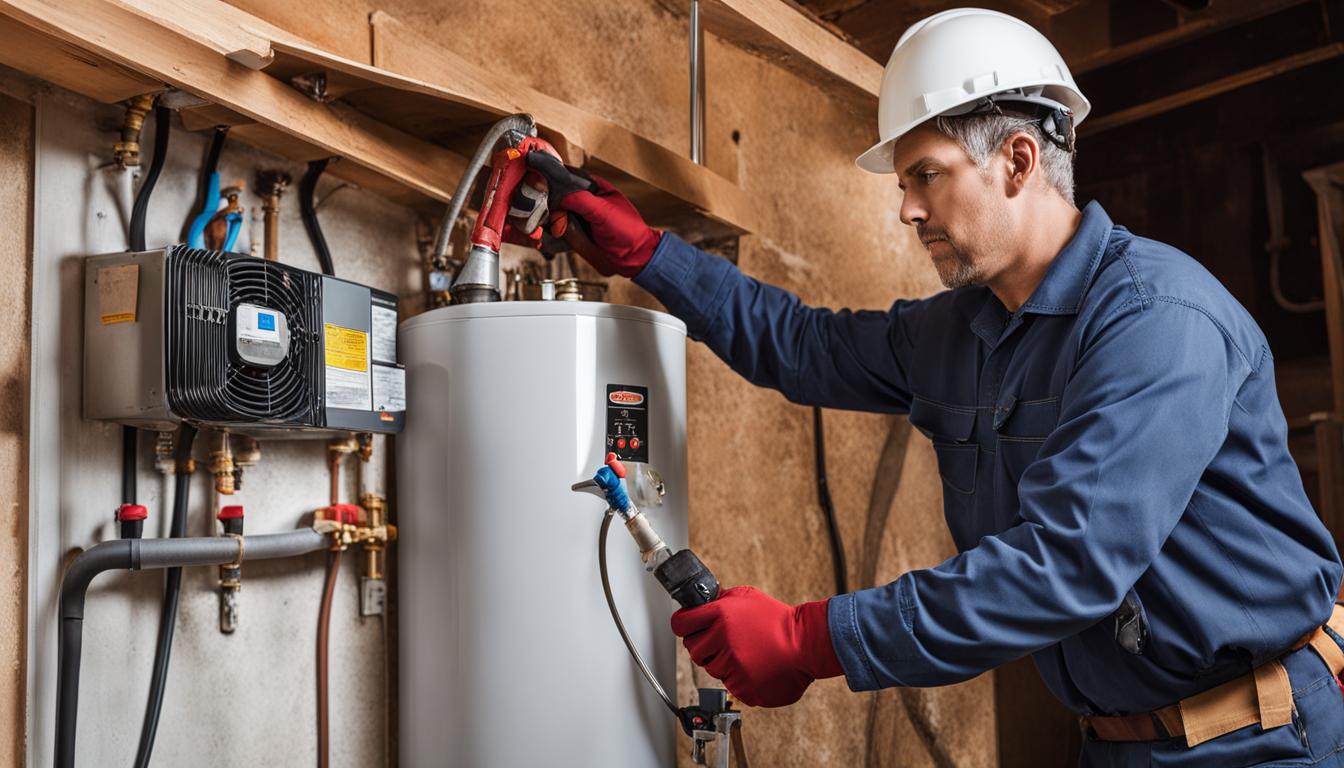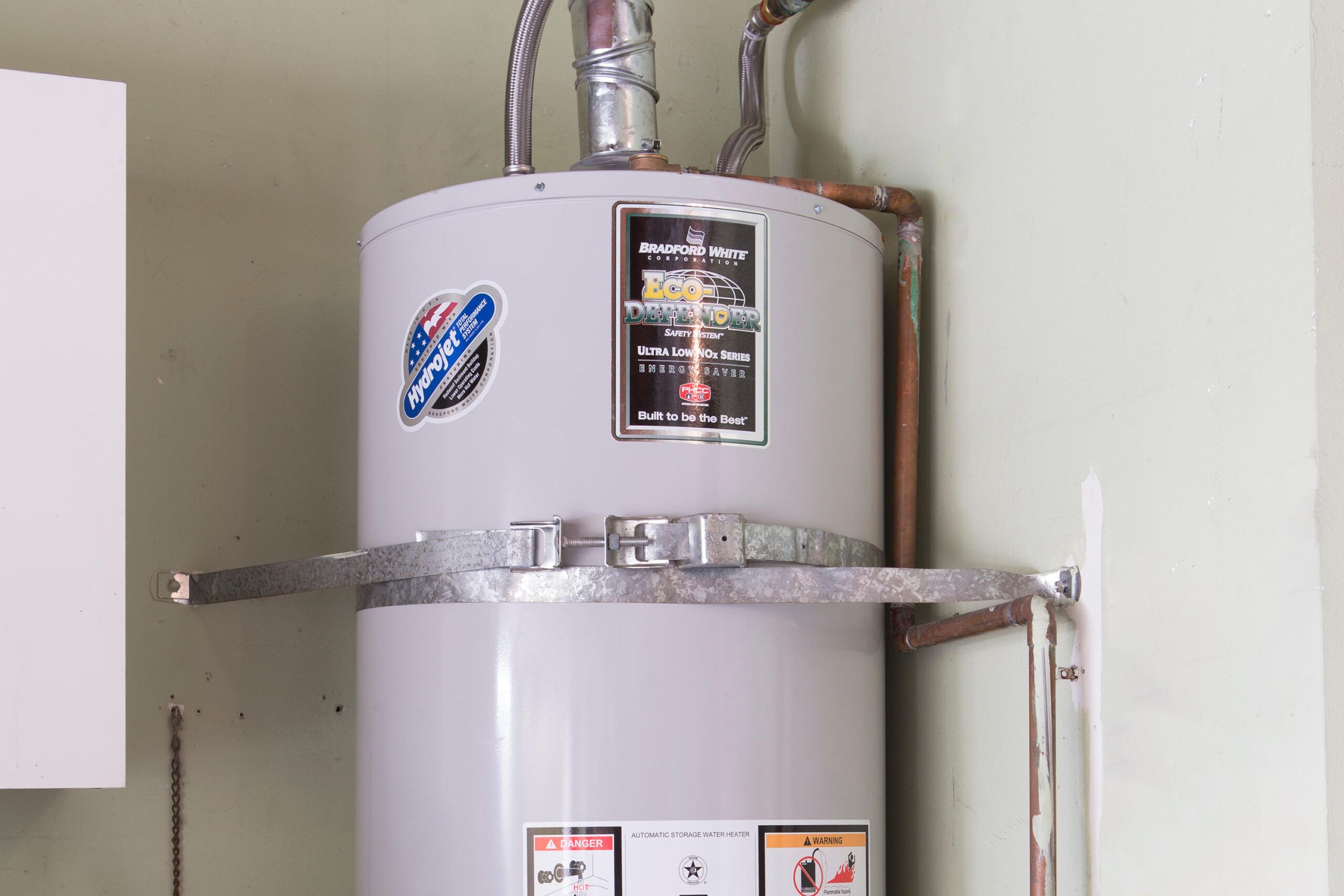Presented here below you might get additional first-rate data regarding Tips For Maintaining Your Hot Water Heater.

Hot water is essential for day-to-day convenience, whether it's for a rejuvenating shower or cleaning meals. To ensure your hot water system runs successfully and lasts much longer, routine maintenance is vital. This post supplies practical pointers and understandings on exactly how to maintain your home's warm water system to avoid disturbances and pricey fixings.
Intro
Preserving your home's hot water system might appear overwhelming, however with a few simple actions, you can ensure it runs smoothly for years to find. This overview covers whatever from understanding your warm water system to DIY maintenance pointers and understanding when to call in specialist help.
Relevance of Preserving Your Warm Water System
Routine upkeep not just prolongs the life expectancy of your hot water system yet likewise ensures it runs efficiently. Neglecting upkeep can bring about reduced efficiency, greater energy bills, and also premature failing of the system.
Indications Your Warm Water System Requirements Maintenance
Recognizing when your hot water system requires interest can prevent significant issues. Keep an eye out for signs such as irregular water temperature, strange noises from the heater, or corroded water.
Purging the Water Heater
Purging your hot water heater eliminates sediment build-up, enhancing efficiency and prolonging its life.
Monitoring and Replacing Anode Rods
Anode poles stop corrosion inside the container. Checking and replacing them when worn out is critical.
Facility Concerns Needing Expert Help
Instances include major leakages, electric issues, or if your hot water heater is continually underperforming.
Regular Professional Upkeep Advantages
Expert upkeep can include detailed inspections, tune-ups, and ensuring conformity with safety and security standards.
Checking and Readjusting Temperature Level Settings
Changing the temperature level settings guarantees optimum efficiency and safety.
Do It Yourself Tips for Upkeep
You can perform a number of upkeep jobs yourself to keep your warm water system in leading condition.
Checking for Leakages
Consistently evaluate pipes and connections for leakages, as these can bring about water damages and higher expenses.
Comprehending Your Warm Water System
Prior to diving into maintenance tasks, it's practical to recognize the basic parts of your warm water system. Commonly, this includes the water heater itself, pipes, anode rods, and temperature controls.
Regular Monthly Upkeep Tasks
Normal month-to-month checks can help catch minor concerns before they intensify.
Checking Stress Relief Valves
Checking the stress safety valve ensures it works correctly and stops too much pressure buildup.
Protecting Pipelines
Shielding hot water pipes minimizes warmth loss and can conserve energy.
When to Call a Professional
While do it yourself upkeep is valuable, some issues require expert experience.
Verdict
Normal maintenance of your home's hot water system is crucial for efficiency, durability, and price savings. By following these ideas and recognizing when to seek expert aid, you can ensure a reputable supply of warm water without unanticipated disruptions.
Water Heater Maintenance: The Basics
Maintaining your water heater will ensure it operates efficiently and has a longer lifespan. Neglecting regular maintenance can lead to costly repairs and an even bigger chunk of your savings if you have to replace it sooner than necessary. But there’s good news: Most water heater maintenance tasks are relatively simple and easy for homeowners with basic DIY skills.
Flush the Water Heater
Over time, sediment and minerals can build up in the tank, reducing its efficiency and potentially causing damage. To flush the tank, turn off the power or gas supply, attach a hose to the drain valve near the bottom and open the valve to drain the water until it runs clear. Ideally, flush the tank annually.
Replace the Anode Rod
The anode rod is a sacrificial metal rod that helps prevent corrosion inside the tank. Inspect and replace it every three to five years or per the manufacturer's recommendation. To replace the anode rod, turn off the power or gas supply, drain a few gallons of water from the tank, unscrew the old rod and replace it with a new one. If the anode rod is significantly corroded or covered in calcium buildup, it's a sign the water heater may need to be replaced soon.
Tune-Up
A yearly tune-up can help identify potential issues and ensure your water heater operates at peak efficiency. This typically involves checking the thermostat, burner assembly (for gas heaters) and any other components specified by the manufacturer. During a tune-up, the technician may also clean the burner and adjust the pilot light (for gas heaters) or examine the heating elements (for electric heaters).
How to Maintain Your Water Heater
- Insulate the tank. Insulating the tank can improve energy efficiency and reduce heat loss, saving you money on energy bills. You can purchase precut insulation blankets designed specifically for water heaters or use standard fiberglass insulation wrapped securely around the tank.
- Check the temperature. The recommended water temperature for most households is around 120 degrees Fahrenheit (49 degrees Celsius). Higher temperatures can increase energy costs and potentially cause scalding. Use a kitchen thermometer to check the temperature at the faucet nearest the water heater.
- Monitor water pressure. Excessive water pressure can strain the water heater and cause leaks or even tank failure. Install a pressure-reducing valve if necessary. The ideal water pressure range is between 60 and 70 PSI (pounds per square inch).
- Test the temperature and pressure (T&P) relief valve. The T&P relief valve is a safety feature that releases pressure if the tank gets too hot or the pressure builds up too high. Test it annually by lifting the lever and allowing a small amount of water to release. Replace the valve if it doesn't release water or reseal properly.
- Check for leaks. Regularly inspect the tank, pipes and fittings for leaks or corrosion. Deal with issues promptly to prevent further damage. Even a small leak can lead to significant water damage over time.
- Consider a tankless water heater. If your traditional tank-style water heater is nearing the end of its lifespan ( typically 10 years), consider replacing it with a tankless water heater. These units heat water on demand, reducing standby energy losses and potentially saving you money on your energy bills.
- Schedule professional maintenance. While homeowners can perform many water heater maintenance tasks, it's still a good idea to schedule professional maintenance every few years. A plumber or HVAC technician can thoroughly inspect the unit, identify potential issues and ensure it operates safely and efficiently.
https://www.homeserve.com/en-us/blog/home-improvement/hot-water-heater-maintanence/

As a passionate reader on Water Heater Maintenance Tips You Can't Afford to Forget, I assumed sharing that piece of content was a good idea. In case you liked our post kindly consider to share it. Thank you for being here. Kindly pay a visit to our website back soon.
Click Here
Comments on “Ways to Keep Your Home's Hot Water System in Good ConditionEssential Tips on Caring for Your Home's Hot Water System”